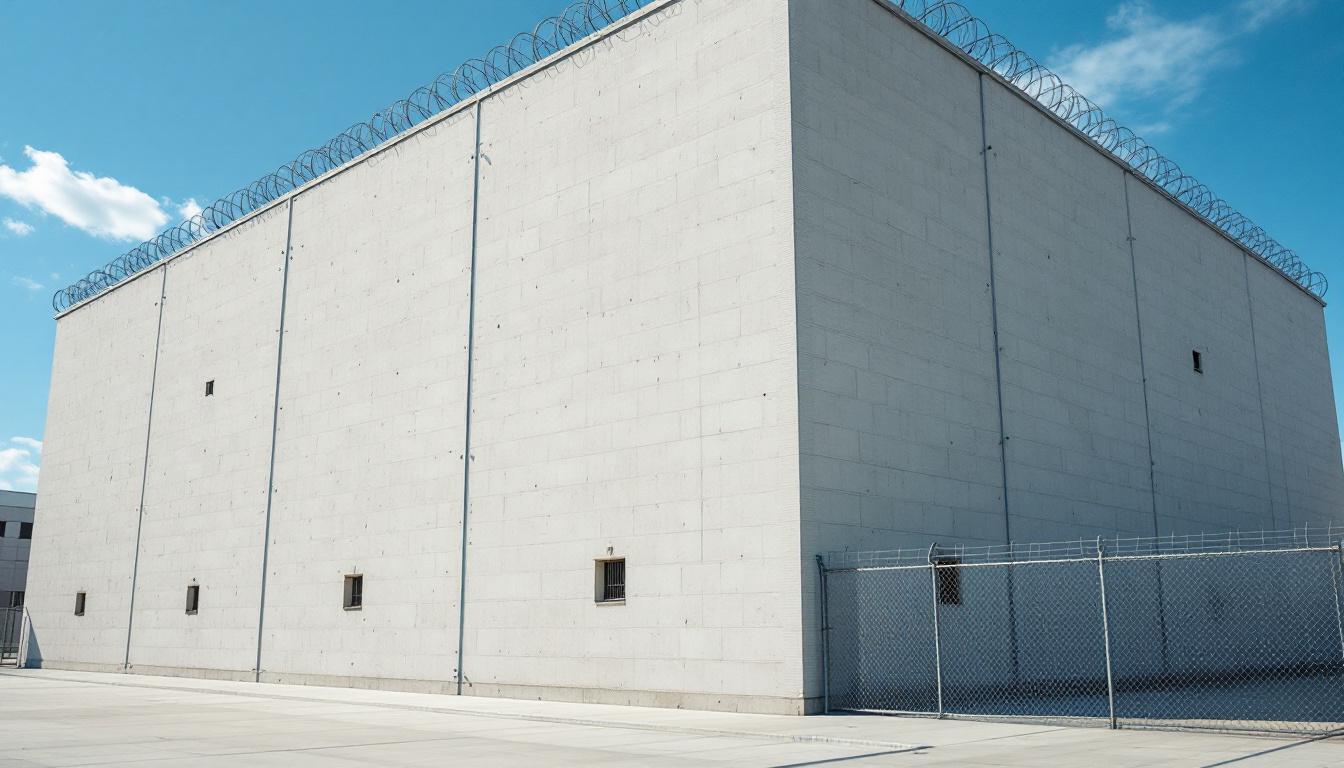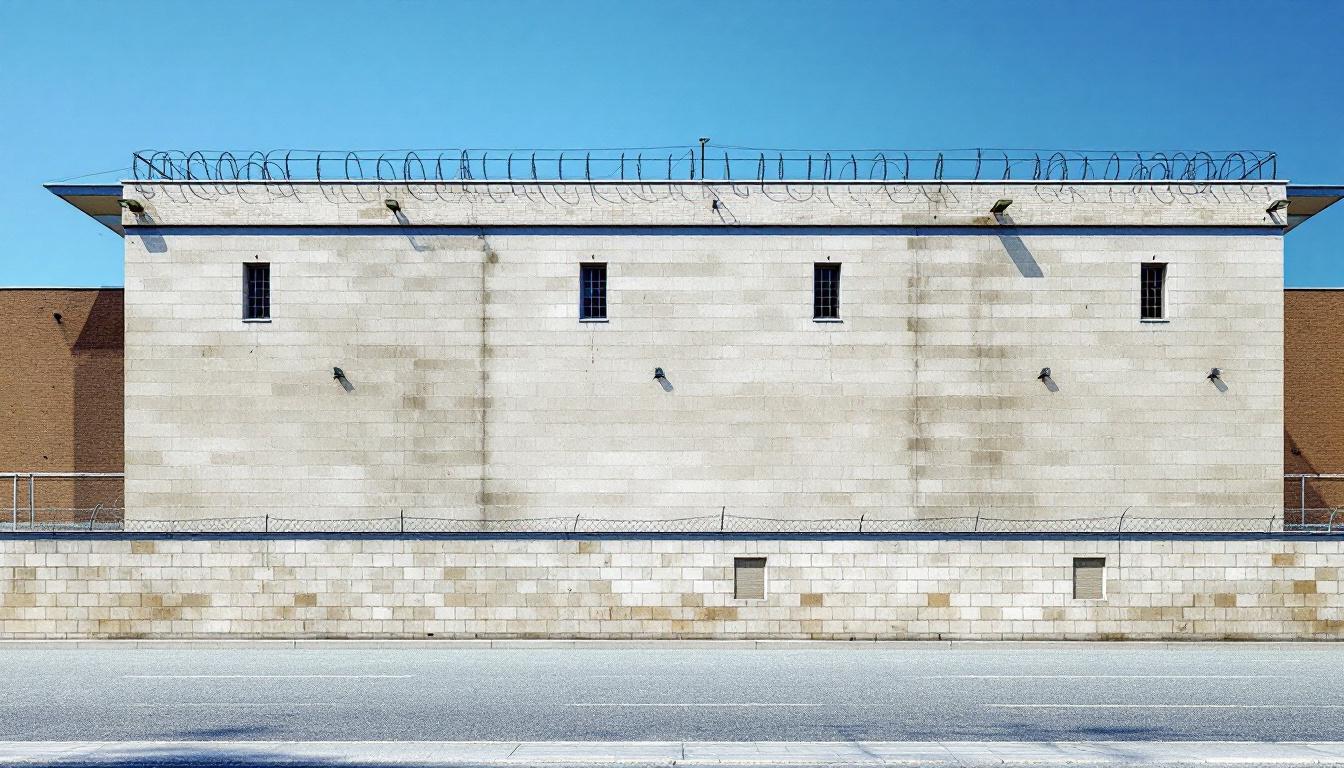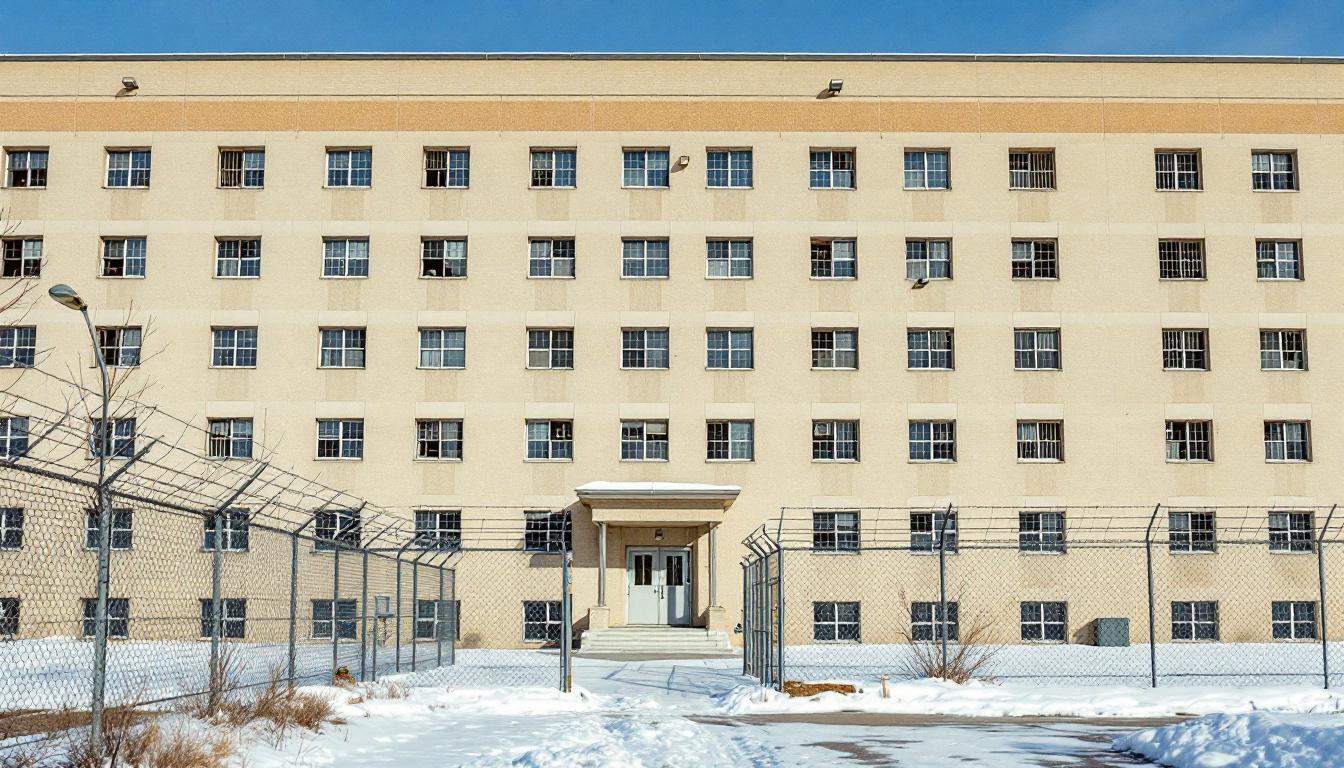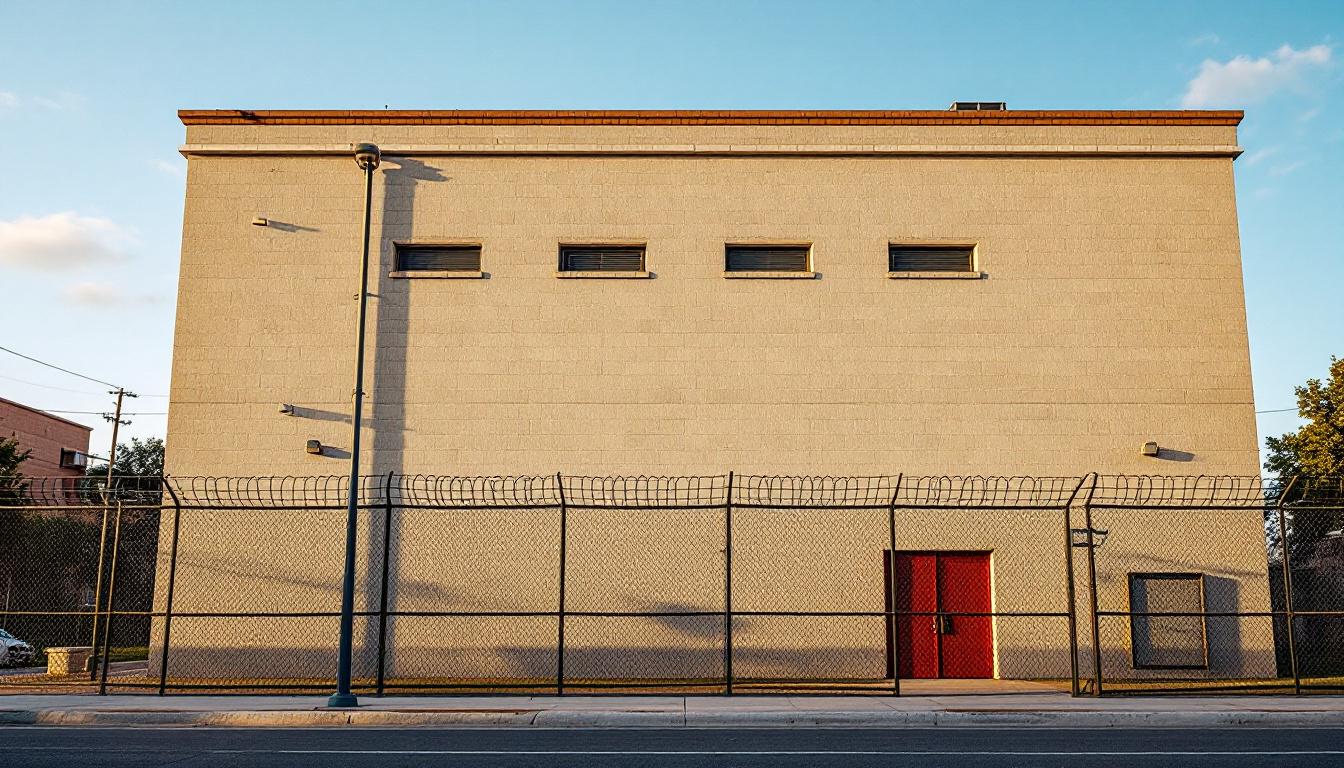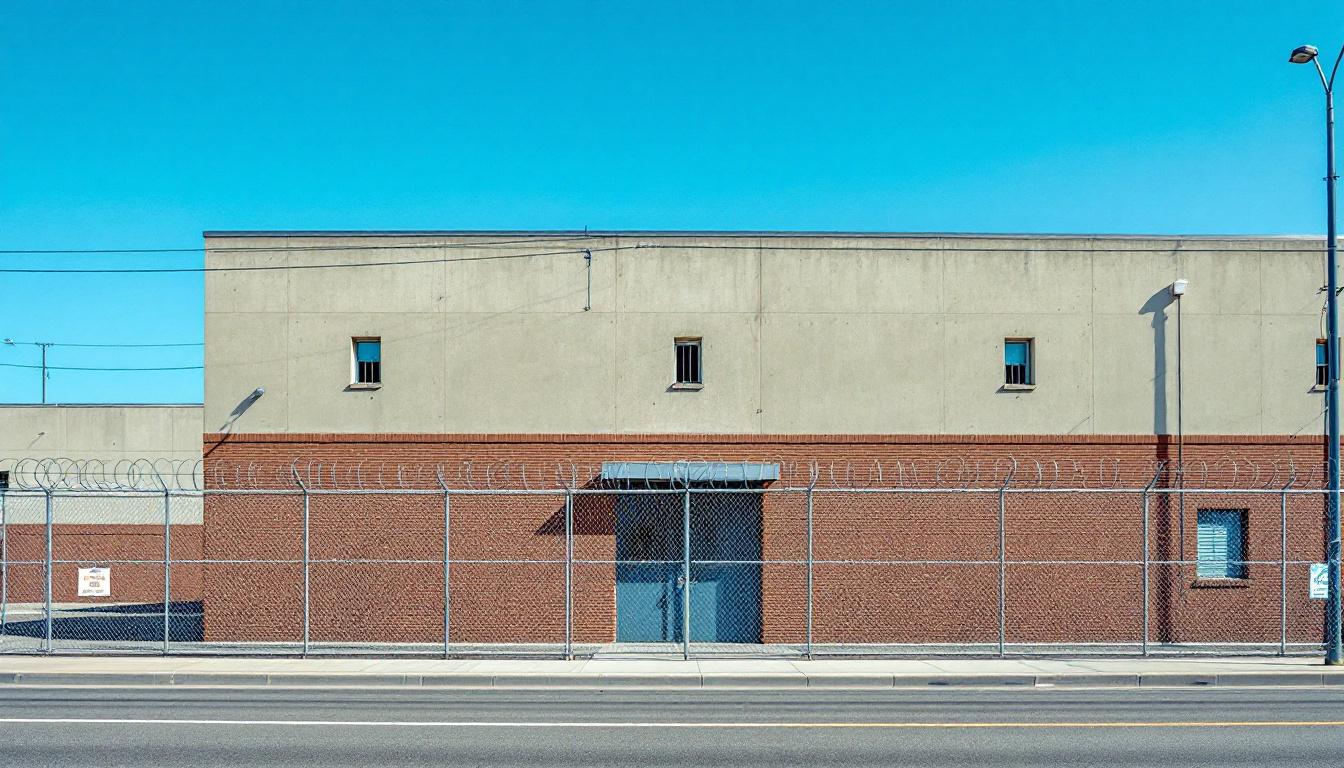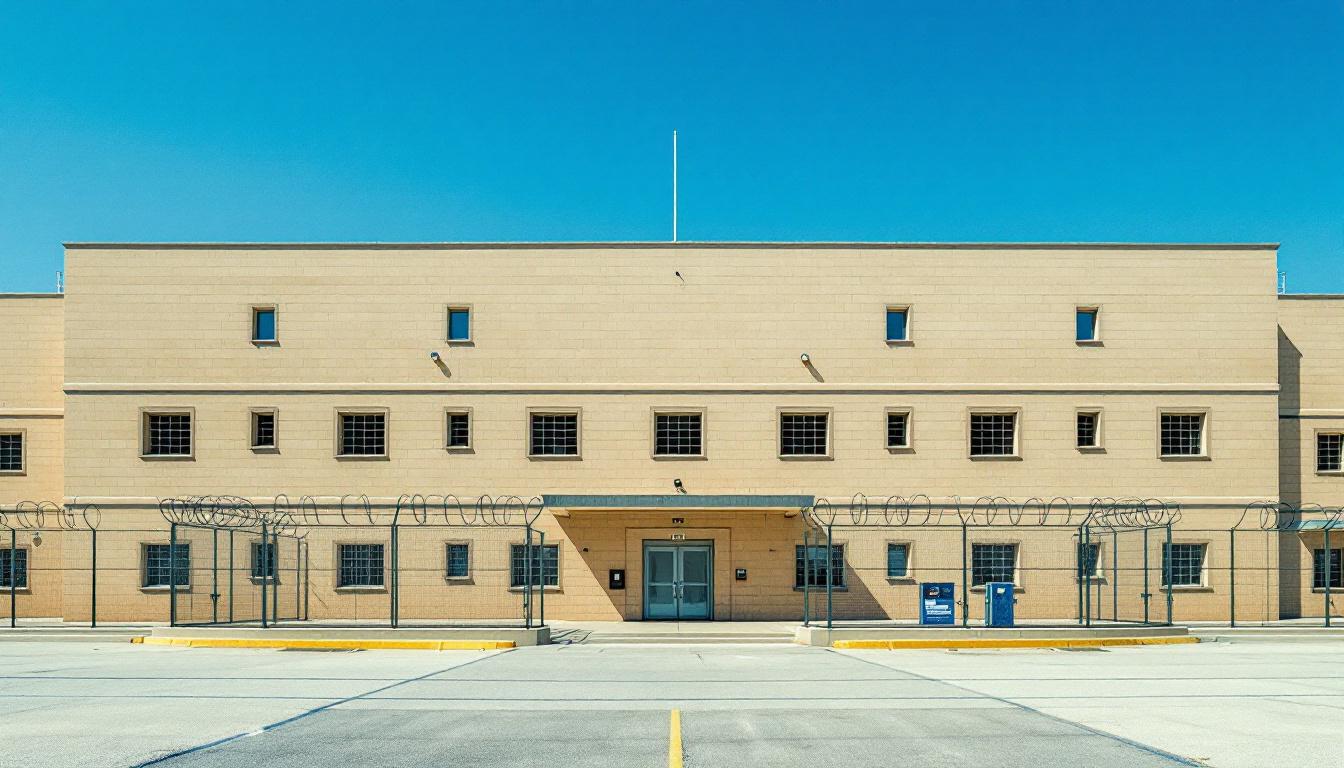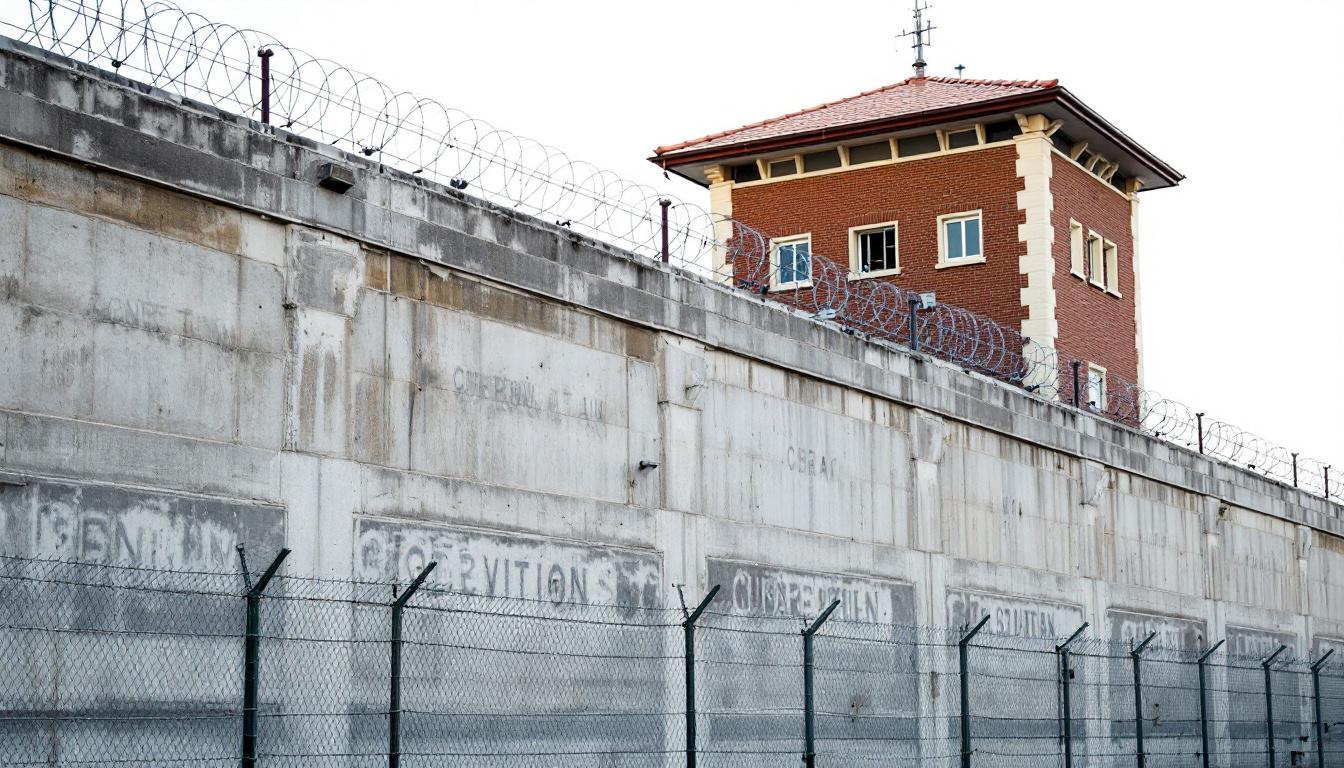
Quick Navigation
How to contact an inmate at Mill Creek Correctional Facility
This comprehensive guide will walk you through how to connect with an inmate at Mill Creek Correctional Facility. Follow the steps below to find an inmate and send letters and photos:
- Search for the inmate using our search tool below
- Create your account or log in to Penmate
- Write your message (up to 6,000 characters)
- Send instantly - inmates receive printed copies daily
Find an Inmate
Search for an inmate to start communicating today
Tip: You can search by first name, last name, or inmate ID number
To contact a person at Mill Creek Correctional Facility start by searching for the person on the official facility website. Perform a search by following these steps:
- Step 1: Enter their first name and last name into the search form and click "Search"
- Step 2: Locate their inmate record
- Step 3: Write down their Inmate ID and any housing information provided
Important! Be sure to enter the person's full name. Nicknames should not be used.
How to Send Messages to Inmates

You can use your phone or computer to send emails, letters, and photos to an inmate. Messages are sent electronically to inmate tablets or kiosks at the facility. If you would like to send a message, start by searching for an inmate at Mill Creek Correctional Facility.
Sending Photos and Postcards

A great way to send love and support to a loved one at Mill Creek Correctional Facility is to send photos and postcards. It only takes a few minutes to send photos from your phone and it makes a huge difference. You can also mail postcards with words of support and inspiration, or design your own postcard for special moments like birthdays and holidays.
Important! Be sure not to send any explicit photos or they may not be approved by the facility. You can also use a photo printing app like Penmate to make sure your photos are printed at the correct size (4x6 or 3x5) and are mailed according to the rules and regulations of Mill Creek Correctional Facility.
Frequently asked questions about Mill Creek Correctional Facility
-
How long does it take to deliver a message?
If you're sending an email message your letter is usually delivered within 24-48 hours. For messages sent via mail you should expect delivery within 3-7 days. All messages will need be approved by Mill Creek Correctional Facility.
-
How much does it cost to send a message to Mill Creek Correctional Facility?
You can send a message free using your phone or mail a message via USPS for the price of a $0.60 stamp and envelope. You can also purchase credits or e-stamps from services starting at $1.99.
-
What services can I use to contact an inmate at Mill Creek Correctional Facility?
Penmate
You can use Penmate to send letters and photos to an inmate from your phone. It's an easy way to stay in touch during your loved one's incarceration. Use the inmate locator to find an inmate's location and contact information, then you can send messages within a few minutes.
Securus messaging
Securus may be another option for communicating with an inmate at Mill Creek Correctional Facility. You can create a friends and family account and purchase credits to send messages. All messages will be reviewed and must be approved by the facility.
JPay
Some county jails and state prisons may support sending messages with JPay. You must register an account with the system, find your loved one, and purchase stamps to send messages. For some locations you can also attach photos.
Smart Jail Mail
You may also check if Smart Jail Mail is available at Mill Creek Correctional Facility. Smart Jail Mail is operated by Smart Communications and has contracted with some state and county jails. After purchasing credits, your messages and photos are sent to the facility, printed out, and then handed out to your loved one.
-
What is the mailing address of Mill Creek Correctional Facility?
Mailing address:
Mill Creek Correctional Facility
5465 Turner Rd SE
Salem, OR 97310
Phone: (503) 378-2600 -
What are the visiting hours at Mill Creek Correctional Facility?
Visiting hours at Mill Creek Correctional Facility vary by housing unit and security level. Generally, visits are scheduled on weekends and holidays, with some facilities offering weekday visits. Contact the facility directly at (503) 378-2600 or check their website for the current visiting schedule. Visits typically last 30-60 minutes and must be scheduled in advance.
-
What items are prohibited when sending mail to Mill Creek Correctional Facility?
Prohibited items typically include: cash, personal checks, stamps, stickers, glitter, glue, tape, staples, paperclips, polaroid photos, musical or blank greeting cards, hardcover books, magazines with staples, and any items containing metal or electronics. Only send letters on plain white paper with blue or black ink. Photos must be printed on regular photo paper (no Polaroids). Always check with Mill Creek Correctional Facility for their specific mail policies.
-
How do I send money to an inmate at Mill Creek Correctional Facility?
You can send money to an inmate at Mill Creek Correctional Facility through several methods: 1) Online using JPay, Access Corrections, or the facility's approved vendor, 2) Money orders mailed directly to the facility with the inmate's name and ID number, 3) Kiosks located in the facility lobby, or 4) Over the phone using a credit or debit card. Fees vary by method, typically ranging from $2.95 to $11.95 per transaction.
-
Can I schedule a video visit with an inmate at Mill Creek Correctional Facility?
Many facilities now offer video visitation as an alternative to in-person visits. At Mill Creek Correctional Facility, video visits may be available through services like Penmate, Securus Video Connect, GTL, or ICSolutions. Video visits typically cost $10-20 for 20-30 minutes and must be scheduled in advance. You'll need a computer or smartphone with a camera and reliable internet connection. Contact the facility for their specific video visitation policies and approved vendors.
-
What identification do I need to visit an inmate at Mill Creek Correctional Facility?
All visitors must present valid government-issued photo identification such as a driver's license, state ID, passport, or military ID. Minors must be accompanied by a parent or legal guardian who can provide the minor's birth certificate. Some facilities require visitors to be on the inmate's approved visitation list, which may require a background check. Contact Mill Creek Correctional Facility for specific ID requirements and visitor approval procedures.
-
How can I find out an inmate's release date?
To find an inmate's release date at Mill Creek Correctional Facility, you can: 1) Use the online inmate search tool if available, 2) Call the facility's records department, 3) Contact the inmate's case manager or counselor, or 4) Have the inmate provide this information during a call or visit. For privacy reasons, some facilities only release this information to immediate family members.
Facility Overview
Contact Information
Mill Creek Correctional Facility5465 Turner Rd SE
Salem, OR 97310
Phone: (503) 378-2600
Official Website

About Mill Creek Correctional Facility
Located southeast of Salem on Turner Road, Mill Creek Correctional Facility served the Oregon correctional system for over three decades before its closure in 2021. The facility’s comprehensive history spans multiple institutional purposes, beginning as the Oregon State Reform School in 1891, transitioning to the Farm Annex of the Oregon State Penitentiary in 1929, and finally operating as Mill Creek Correctional Facility from 1990 until its permanent closure. Governor Kate Brown’s decision to close the facility reflected a broader shift in Oregon’s approach to corrections, redirecting operational funds toward community-based programs supporting housing, behavioral health, and substance disorder treatment.
The facility’s 600-acre campus carried forward a legacy of agricultural and rehabilitative programming that originated with its earliest incarnation as a reform school for boys aged eight to twenty-one. During its time as the Farm Annex, the site maintained extensive farming operations including dairying and hog raising, which served both as rehabilitation tools and cost-offset measures for the penitentiary and Oregon State Tuberculosis Hospital. These agricultural foundations typically continued to influence programming during Mill Creek’s later years as a correctional facility, though farm operations were gradually phased out established up to its closure.
Mill Creek Correctional Facility’s closure in 2021 marked the end of 130 years of institutional use at the Turner Road site. The facility’s evolution from juvenile reform school to prison annex to full correctional facility reflects broader changes in Oregon’s correctional philosophy, ultimately culminating in a strategic reallocation of resources toward community-based treatment and support services that address underlying factors contributing to incarceration.
Programs & Services
Note: Mill Creek Correctional Facility permanently closed in 2021.
During its operational years, Mill Creek Correctional Facility’s programming was deeply rooted in its agricultural heritage, having evolved from the Oregon State Reform School and later the Farm Annex of the Oregon State Penitentiary. The facility’s extensive farming operations served as both a rehabilitation tool and vocational training opportunity, with inmates typically participating in dairy operations, livestock management, and various agricultural activities on the expansive grounds. This work-based approach aimed to provide practical skills while helping offset operational costs through food production that supported both the facility and other state institutions.
Beyond its signature agricultural programs, Mill Creek likely offered educational services that may have included adult basic education, GED preparation, and literacy programs to support inmates’ academic development. The facility typically provided substance abuse treatment and counseling services, recognizing the role these issues play in criminal behavior. Mental health support and behavioral programs were often available to address underlying issues contributing to incarceration. Additionally, inmates may have had access to vocational training in areas such as construction, maintenance, and food service, along with life skills programming designed to prepare individuals for successful reintegration into their communities upon release.
Daily Life & Visitation

The Mill Creek Correctional Facility operated on a 600-acre campus that originally served as agricultural training grounds, with inmates typically participating in farming operations that included dairy work and livestock management until these programs were phased out in the facility’s later years. The expansive grounds, situated on Turner Road southeast of Salem, provided space for various daily activities and work assignments that may have included maintenance of the historic buildings and campus infrastructure.
Inmates at Mill Creek typically followed structured daily schedules that often began early in the morning with count procedures and meal service. The facility likely offered educational and vocational programs, though specific offerings may have varied over time as the institution transitioned away from its agricultural focus. Living conditions generally included dormitory-style or cell-based housing, with inmates having access to common areas for recreation and meals. The facility’s history as both a reform school and prison annex suggests it maintained various types of accommodations to serve different inmate populations throughout its operational years.
Visitation and communication policies at Mill Creek typically followed standard Oregon Department of Corrections guidelines, which often include scheduled visiting hours for approved family members and friends. Inmates may have had access to telephone services and correspondence privileges, subject to security protocols common in correctional facilities. The facility permanently closed in 2021 when resources were redirected toward community-based programs focused on housing, behavioral health, and substance abuse treatment, marking the end of over a century of institutional use at the Turner Road location.
Ready to Connect?
Start communicating with your loved one today
Search for an Inmate
